A mint mark on a penny is a small letter indicating which U.S. Mint facility produced the coin, crucial for determining rarity and value. Common marks include “D” (Denver), “S” (San Francisco), no mark (Philadelphia), “P” (Philadelphia, used in 2017 only), and “W” (West Point for special editions). Located below the date on Lincoln pennies, mint marks originally served quality control purposes, allowing officials to trace coins back to their facility. They were especially important for precious metal coins and were temporarily removed from 1965-1967 during a coin shortage to discourage collecting.
That tiny letter stamped beneath the date on your penny isn’t just decorative—it’s a crucial identifier that can mean the difference between a common coin worth one cent and a collectible specimen valued at thousands of dollars. Understanding mint marks transforms casual pocket change inspection into informed treasure hunting.
The Small Letter That Tells a Big Story
A mint mark on a penny is a small letter that indicates which U.S. Mint facility produced the coin. This single character serves as the coin’s birthplace certificate, revealing not just where it was made, but often providing clues about its rarity and potential value. The United States operates multiple mint facilities across the country, and each one stamps its unique identifier onto the coins it produces.
For Lincoln pennies, you’ll find this mark on the obverse (front) side, positioned directly below the date. The location has remained consistent since 1909, making identification straightforward once you know where to look. A simple magnifying glass often helps spot these small letters, particularly on worn coins where years of circulation have softened the details.
Decoding the Five U.S. Penny Mint Marks
D: Denver Mint – Established in 1906, the Denver facility has produced billions of pennies bearing the “D” mint mark. Denver-minted pennies typically have higher mintage numbers than their San Francisco counterparts, though specific years can vary dramatically. For example, the 1922 plain penny (missing its “D” due to a die error) sells for $500 to $20,000 depending on condition, while a normal 1922-D in Good condition fetches around $15.
S: San Francisco Mint – The “S” mint mark appears primarily on proof pennies and special collector editions since 1968, when San Francisco stopped producing circulation coins. These specimens are struck with specially polished dies and planchets, resulting in mirror-like surfaces. A 1909-S VDB penny, one of the most famous rarities, commands prices from $700 in Good condition to over $100,000 in pristine MS-67 grade according to Heritage Auctions 2023 records.
No mint mark: Philadelphia Mint – For most of its 230-year history, Philadelphia operated as the primary mint facility without adding identifying marks to pennies. This absence of a mark became Philadelphia’s signature. Most pennies without mint marks originated from this location, though production numbers often exceeded all other facilities combined. The 1943 copper penny (struck in error at Philadelphia) achieved $1.7 million at auction in 2010.
P: Philadelphia Mint – Breaking centuries of tradition, Philadelphia added the “P” mint mark to pennies in 2017 exclusively, celebrating the U.S. Mint’s 225th anniversary. This one-year designation created instant collector interest. All eight 2017-P varieties (corresponding to the eight Lincoln cent reverse designs used since 1909) were released only through numismatic products, never entering circulation.
W: West Point Mint – The newest player in penny production, West Point introduced the “W” mint mark on 2019 and 2020 Lincoln cents as part of a special collectible release. Only 10 million of these pennies entered circulation mixed randomly into standard coin shipments, making them genuine modern rarities. Confirmed examples sell for $5 to $15 in circulated condition, with pristine specimens reaching $50 to $300.
Why Mint Marks Matter for Value and Rarity
Mint marks directly influence a penny’s worth through the relationship between production numbers and survival rates. A 1931-S penny had a mintage of just 866,000 pieces compared to Philadelphia’s 19.4 million that year. This scarcity drives prices: a 1931-S in Fine condition sells for $70, while a 1931 Philadelphia cent in the same grade brings only $1.50.
| Year & Mint | Mintage | Fine (F-12) Value | MS-65 Value |
|---|---|---|---|
| 1931 (P) | 19,396,000 | $1.50 | $65 |
| 1931-S | 866,000 | $70 | $350 |
| 1955-S | 44,610,000 | $0.15 | $12 |
| 1955 (P) | 330,958,200 | $0.10 | $8 |
Beyond simple rarity, certain mint marks indicate special production circumstances. The 1968-S through current proof pennies undergo distinct manufacturing processes using hand-polished dies and specially prepared planchets, creating coins intended specifically for collectors. These coins never circulate, maintaining superior condition that commands premium prices.
The Historical Purpose Behind Mint Marks
Mint marks originated as quality control measures rather than collector identifiers. When the United States operated multiple facilities producing gold and silver coins with intrinsic metal value, officials needed methods to trace problematic coins back to their source. If coins emerged underweight or improperly composed, the mint mark revealed which facility required corrective action.
This accountability system proved particularly vital during the 19th and early 20th centuries when precious metal coins formed the backbone of American currency. A silver dollar’s value depended on its actual silver content, making accurate production essential. Mint marks allowed rapid identification of systematic problems affecting specific production facilities.
The practice underwent significant changes during the 20th century. From 1965 to 1967, the U.S. Mint eliminated all mint marks from circulating coins, attempting to discourage collecting during a severe coin shortage. The government hoped removing mint marks would reduce hoarding, though the strategy had limited success. When mint marks returned in 1968, San Francisco had transitioned to proof coin production exclusively.
How Mint Marks Create Collecting Opportunities Today
Modern collectors use mint marks as primary sorting criteria when building sets. A complete collection of Lincoln Memorial cents (1959-2008) requires acquiring specimens from Philadelphia, Denver, and San Francisco, with proof versions adding another layer of complexity. This three-way division multiplies the challenge and satisfaction of completing a series.
Error coins gain additional significance when mint marks reveal production anomalies. The 1982 and 1983 pennies exist in seven different varieties each, combining two different compositions (copper and zinc) with multiple mint marks and minor design variations. A 1982 small date copper penny without mint mark in MS-65 grade sells for $18,000, while the common 1982-D large date zinc version brings $0.30 in the same condition.
Mint marks also enable geographic collecting themes. Enthusiasts might pursue coins from a specific facility, such as assembling every Denver-minted penny from 1909 to present. Others focus on single-year type sets, obtaining one example from each mint that produced pennies that year. The 2009 Lincoln Bicentennial pennies, featuring four different reverse designs from both Philadelphia and Denver (eight total varieties), created exactly this collecting opportunity.
Building Your Mint Mark Knowledge Into Profit
Start examining pennies systematically by mint mark rather than randomly. When searching rolls, separate them into Philadelphia (no mark or P), Denver (D), and San Francisco (S) groups before checking dates. This organization reveals patterns in your local circulation, as geographic distribution often favors the nearest mint facility.
Invest in a 10x magnifying loupe ($8-15) and quality lighting to accurately identify mint marks on worn coins. The difference between a 1922 plain penny (no D) and a 1922-D with a filled die can mean $19,000 versus $15. Proper identification tools pay for themselves with a single significant find.
Reference the “Red Book” (A Guide Book of United States Coins) annually to track current market values across mint marks and grades. The 2024 edition lists specific prices for each date and mint combination, enabling informed decisions about which coins to pull from circulation and which to spend. A 1960-D small date penny merits keeping ($3-8 in circulated condition), while a regular 1960-D large date remains common.
Join online communities focused on penny varieties where collectors share mint mark discoveries and identification help. Forums like CoinTalk and the PCGS boards provide free expert opinions on questionable attributions. Members frequently post “What is this mint mark?” threads with detailed responses that build your recognition skills through real-world examples.
Putting Mint Mark Knowledge to Work
That understanding of mint marks transforms every handful of pennies into a potential discovery opportunity. Whether you’re building a complete collection, hunting valuable varieties, or simply enjoying the historical connection each mark represents, these small letters provide the roadmap. Check your pocket change today—the next rare mint mark might be hiding in plain sight, waiting for someone who knows exactly what to look for and why it matters.
You may be interested:
- 1859 Indian Head Penny Coin Value Complete Errors List And No Mint Mark Worth Guide For Collectors
- 1911 V Nickel Coin Value Guide Complete Errors List And No Mint Mark Worth Today
- 1902 Dime Coin Value Complete Errors List With O S And No Mint Mark Worth Guide
- 1788 Quarter Coin Value Complete Guide Errors List And D S P Mint Mark Worth Revealed
- 1776 To 1976 Bicentennial Half Dollar Coin Value Complete Errors List And What Your D S And No Mint Mark Coins Are Actually Worth
- 1990 Penny Coin Value Errors List How D S And No Mint Mark Pennies Are Worth Thousands Of Dollars

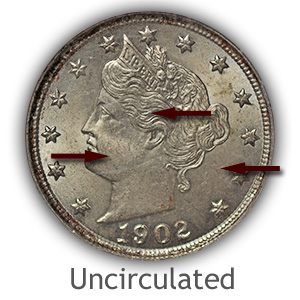
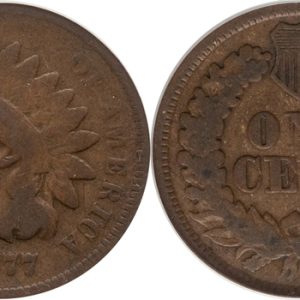
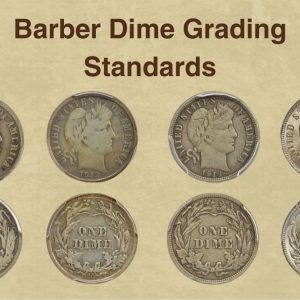
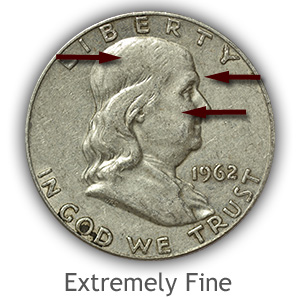
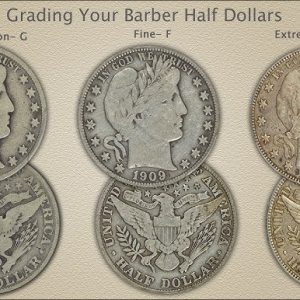
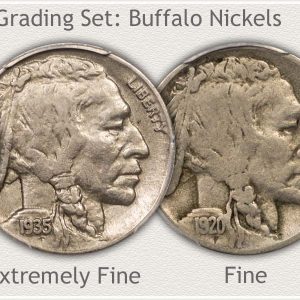
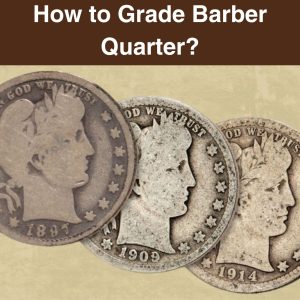
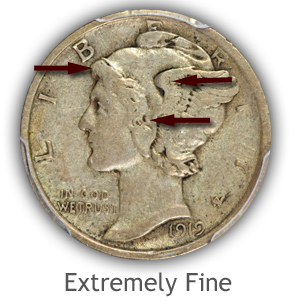

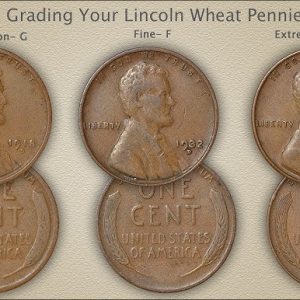
What if a penny doesn’t have a mint mark?
A penny without a mint mark was most likely minted at the Philadelphia Mint and is a common occurrence, as this is the default for that mint. In most cases, it will only be worth one cent. However, there are a few specific, rare exceptions, like a 1990 proof cent struck without a mint mark in error, that are highly valuable to collectors.
Which penny is worth $35000 today?
1969-S Double Die Obverse The 1969-S double die is much rarer than the 1955 version and was once even suspected of being counterfeit until the U.S. Mint confirmed its authenticity. Current Value: Around $35,000–$70,000, with some near-perfect examples selling for more than $100,000.
Why are 1999 pennies worth $4,500 today?
A 1999 penny can be worth thousands of dollars because of a rare minting error known as the “Wide AM” variety, where the “A” and “M” in the word “AMERICA” on the coin’s reverse are spaced farther apart than normal. This error occurred when dies intended for the high-quality proof coins were mistakenly used to strike the regular business coins, creating a unique transitional variety that is highly sought after by collectors.
Why is a 1983 penny worth $10,000?
A 1983 penny can be worth $10,000 or more if it has a rare transitional error, specifically if it was accidentally struck on a leftover copper planchet from 1982, instead of the copper-coated zinc planchet used in 1983. These copper planchets are much heavier (around 3.11 grams) than the standard 2.5-gram zinc coins. Other valuable errors can include a doubled die reverse, where the lettering on the back of the coin is doubled, though these are generally worth less than the bronze planchet er…